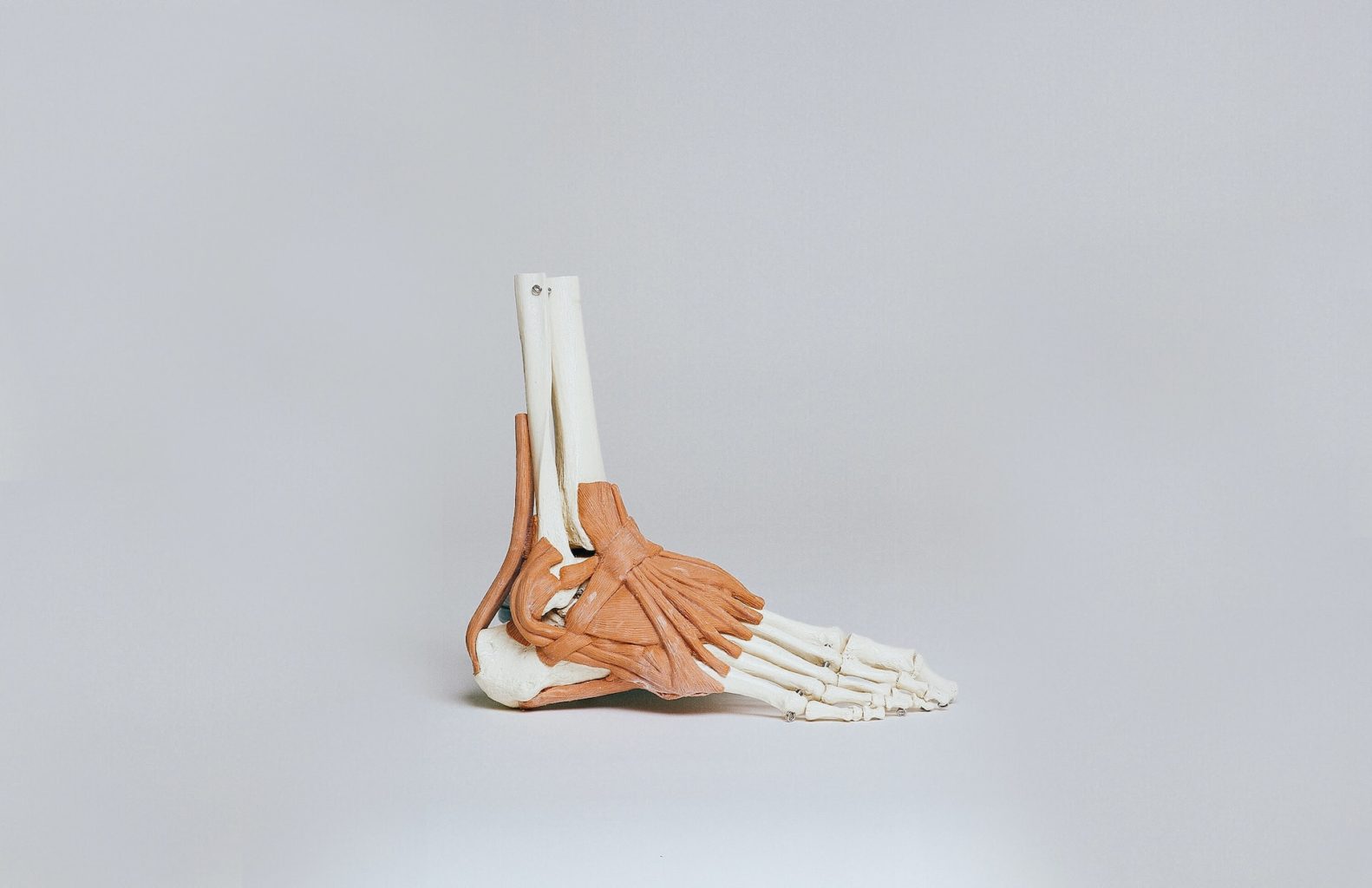Shock wave or deep wave treatment for heel spurs?

If you suffer from heel spurs, you are probably familiar with the intense pain that can occur with every step you take. Heel spurs are a common cause of heel pain and occur when the plantar fascia, the tissue that extends from the heel to the toes, becomes overstretched. This can result in inflammation and the formation of a thorn-like calcification on the heel bone where the plantar fascia attaches. To relieve the pain and improve function, various treatment options can be used, such as rest, stretching exercises, orthopaedic inserts, painkillers and physiotherapy. One of the most popular treatment methods for heel spurs is shockwave therapy, but there is also an alternative – deep wave therapy. Let’s take a closer look at these two treatment methods and understand which one might be most suitable for you.
What is heel spur?
Before we get into the different treatment options, it is important to understand what heel spurs actually are and how they can affect you. Heel spurs are an overuse injury that affects the plantar fascia. Overuse of the plantar fascia can lead to pain and inflammation. If allowed to continue, the attachment of the plantar fascia to the heel bone can calcify to form a spike-like growth called a spur.
Heel spurs are common in people who stand or walk a lot in their daily lives, such as athletes, people working in the service industry. Overweight people are also more likely to develop heel spurs. The pain is usually experienced when first stepping in the morning or after prolonged periods of sitting.
Treatment options for heel spurs
There are several treatment options available to relieve the pain and improve the function of heel spurs. They include rest, stretching exercises, orthopaedic inserts, painkillers and physiotherapy. The choice of treatment depends on the individual’s needs and symptoms.
Shock wave treatment for heel spurs
Shockwave therapy is a popular method to treat heel spurs. It is a non-invasive treatment method that uses high-intensity sound waves to stimulate healing and reduce pain in the affected area. During the treatment, the sound waves are applied directly to the heel using a special device. The waves stimulate the body’s healing processes and promote blood circulation in the area.
The advantages of shockwave therapy include that it is non-surgical and does not require the use of painkillers. It is also a quick treatment method that can be performed in a clinic or healthcare facility. The treatment usually takes a few minutes and may be a little uncomfortable or painful during the treatment itself.
It is important to note that the outcome of shockwave therapy can vary from person to person. Some people may experience significant relief after a few treatments, while others may need more sessions to achieve the desired results. It is also important to combine shockwave therapy with other treatment methods and lifestyle changes to optimize results.
Deep wave treatment for heel spurs
Another treatment method that can be considered for heel spurs is deep wave therapy. Deep tissue therapy is a gentle form of therapy that focuses on treating the fascia, the elastic and fibrous network of connective tissue that surrounds our muscles, organs and joints, among others. By applying specific movements and pressure to the tissue, deep wave therapy can release tension, improve blood circulation and promote healing.
One of the advantages of deep wave therapy is that it is a gentle and painless treatment. The treatment can be performed by a certified fascia specialist at a Fascia Clinic. Using manual and mechanical techniques, they work to tighten the fascia and increase circulation in the area to make the body more balanced.
Deep wave therapy can be effective in relieving pain and improving function in the foot in heel spurs. By treating the fascia, it can help reduce inflammation, improve mobility and promote healing in the affected area. It is a treatment method that can be gentle and suitable for people who may not tolerate shock wave therapy or want to explore other options.
Why choose deep wave therapy over shock wave therapy or other treatment methods?
There are a few reasons why you might consider deep wave therapy to treat your heel spur instead of shock wave therapy or other treatment methods.
Gentleness: Deep wave therapy is a very gentle method. It may be a more comfortable option for people who do not tolerate shockwave therapy or who want to avoid pain and discomfort during treatment.
Effectiveness: Deep wave therapy focuses on treating the fascia, which can have a positive impact on the healing and pain relief of heel spurs. By releasing tension and improving circulation, deep wave therapy can help reduce inflammation and promote healing in the affected area.
Individualized treatment: Deep wave treatment can be customized to your specific needs and symptoms. A certified fascia specialist can use different techniques and pressures to target the areas that are most troublesome for you. This can increase the chances of getting optimal results and pain relief.
Long-term health: Deep wave treatment can help improve the overall health and mobility of the fascia, which can have benefits for your body and musculoskeletal system in the long term. By treating the entire fascial system, deep tissue therapy can help prevent recurring problems and promote better health and well-being.
Advice from a Fascia Specialist
When faced with the decision to treat your heel spur, it is important to seek the advice of a certified fascia specialist. A fascia specialist has a deep understanding of the body’s fascia and can offer a treatment plan based on your specific situation.
By working with a fascia specialist, you can get individualized advice and guidance to choose the right treatment method for your heel spur. Be sure to follow their advice and customize the treatment according to what feels most comfortable and effective for you.
Conclusion
Heel spurs can be a challenging and painful condition. When choosing a treatment method, it is important to consider options such as shock wave therapy and deep wave therapy. Both methods can offer relief from the pain and improve function of heel spurs, but it is important to choose the method that suits your individual needs and preferences.
By consulting with a certified fascia specialist, you can receive an individualized treatment plan to quickly help you regain a pain-free active life.
 Search
Search


































